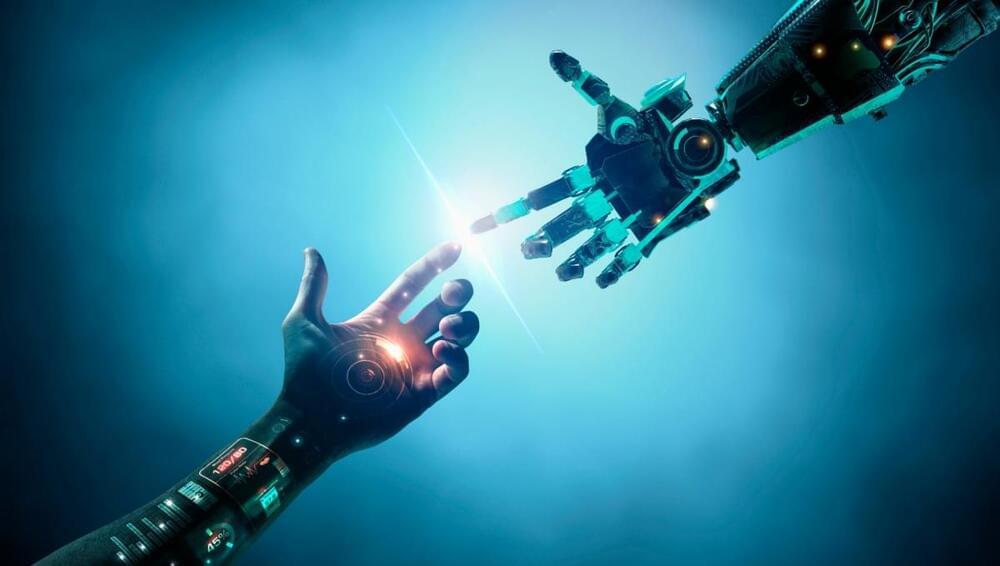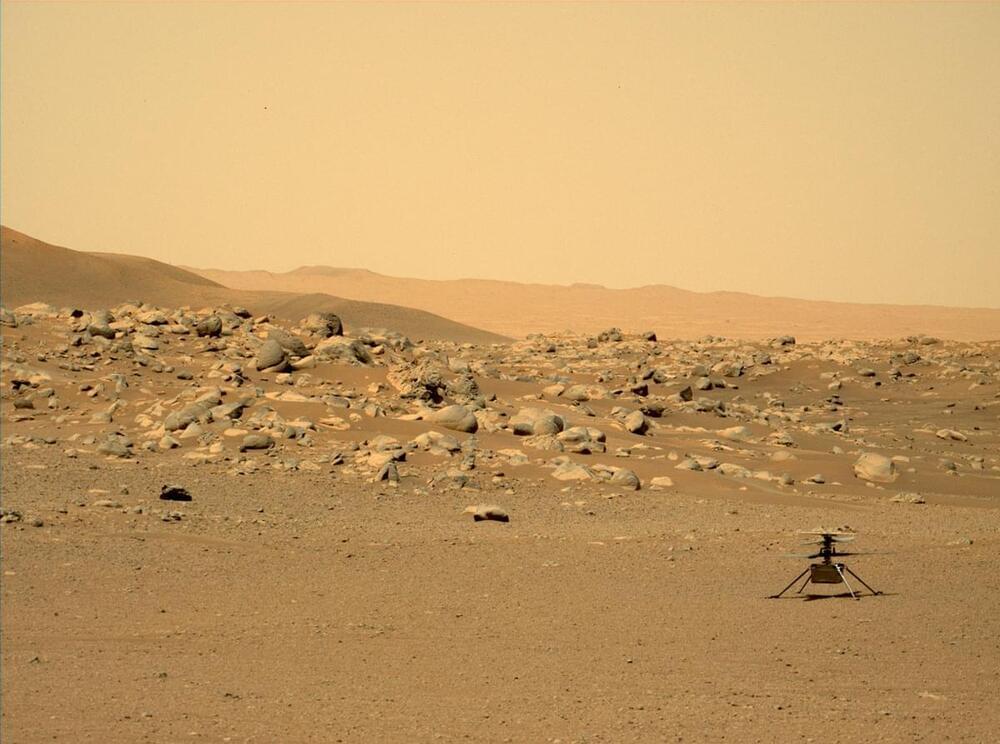The fastest way to track a fish is to use the cloud, figuratively speaking. A new acoustic receiver, developed by researchers at Pacific Northwest National Laboratory (PNNL) and published in the IEEE Internet of Things Journal, sends near-real-time fish tracking data to the digital cloud, providing timely information to dam operators and decision-makers about when, where, and how many fish are expected to pass through dams. Instead of relying on seasonal estimates of fish migration from previous years, these data from tagged fish support more informed decisions about dam operations that affect fish passage.
“This receiver provides up-to-the-hour data to dam operators to assist in making informed day-to-day decisions in support of fish passage, like adjusting water flow when it’s clear that a large group of juvenile fish are approaching the dam,” said Jayson Martinez, a PNNL mechanical engineer who co-developed the receiver.
Hydropower dams are an important source of dependable renewable energy, generating about six percent of total electricity in the United States. Helping fish navigate them safely is a key part of reducing dams’ environmental impact. The new receiver is a critical piece of the puzzle in the ongoing endeavor to improve fish passage.








